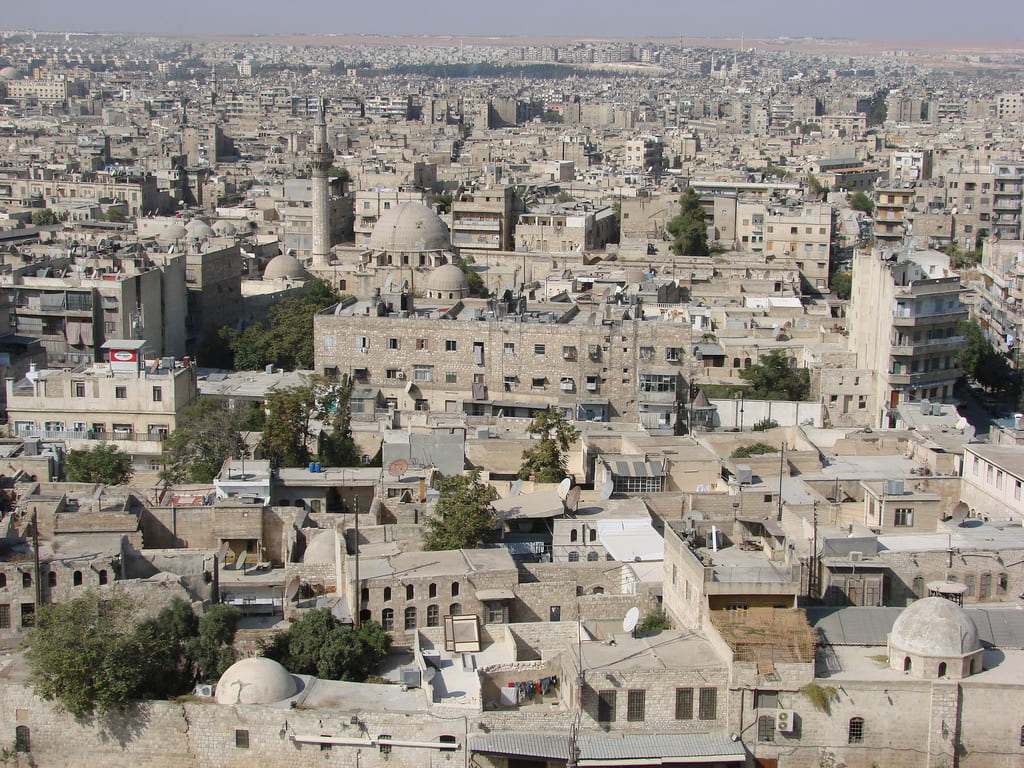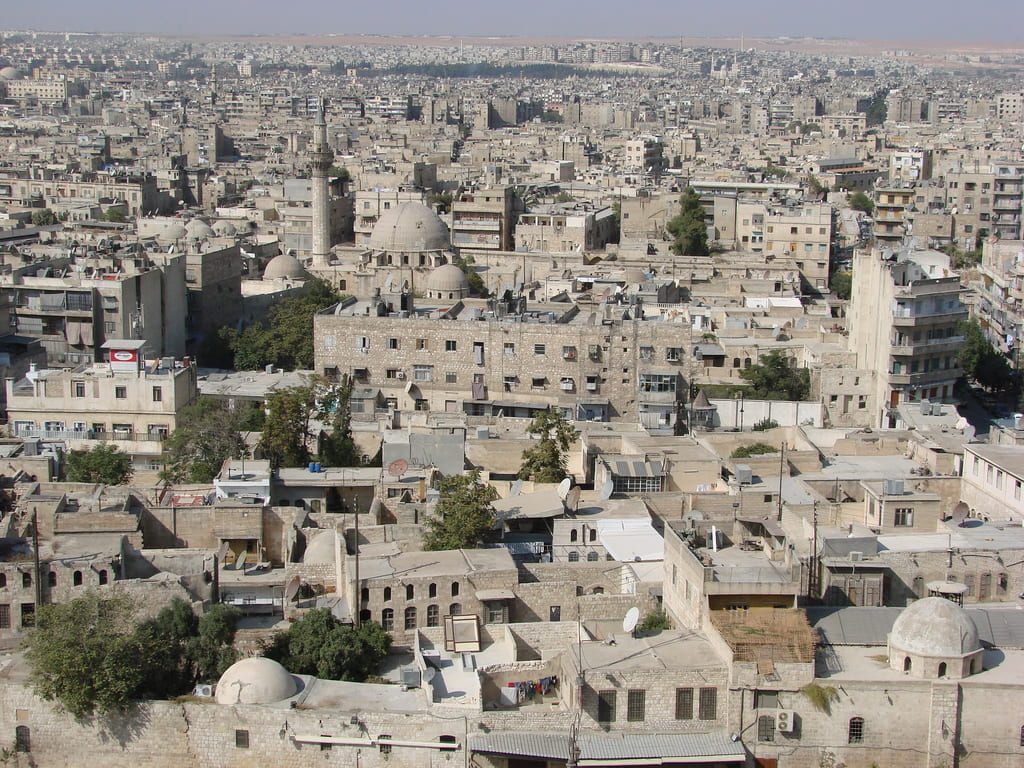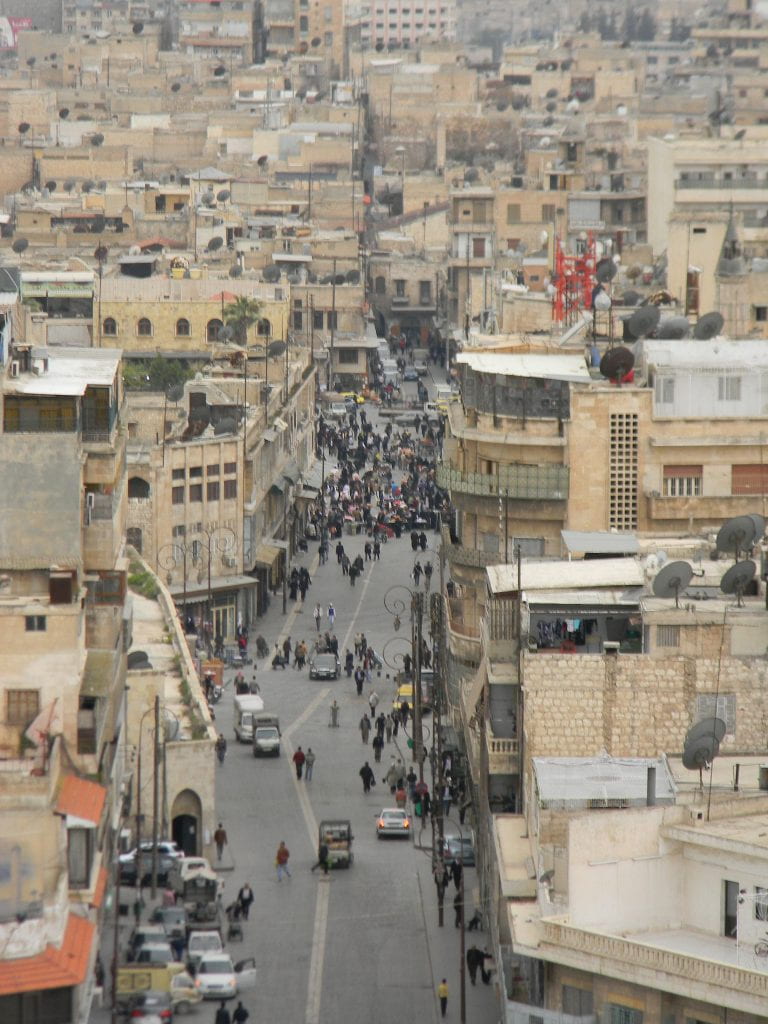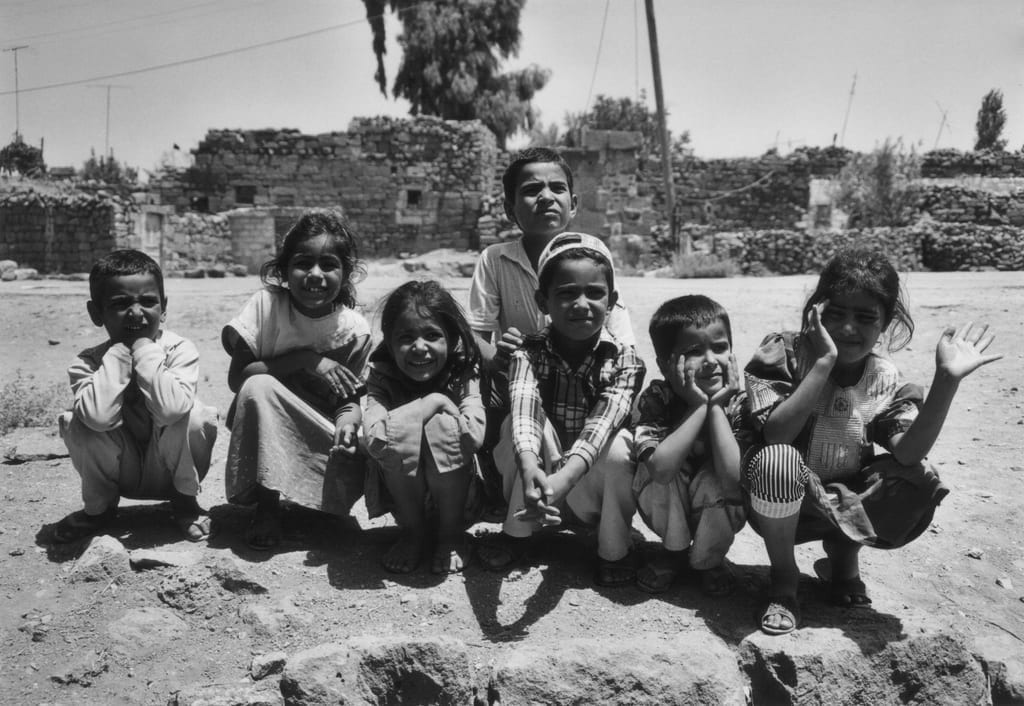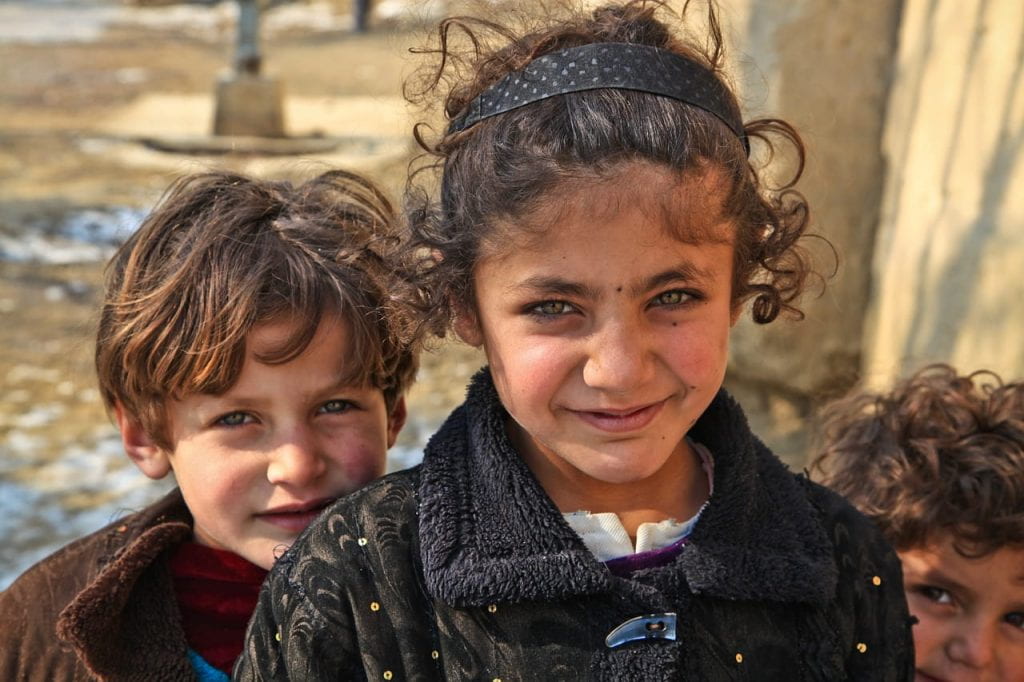
Afghanistan has been embroiled in numerous civil wars and regime changes as global powers like Britain, Russia, and the United States have attempted to each bring their own version of peace and governance to the country for the past 150 years. The international community’s involvement has made little progress in quelling the violence during this time span, despite attempts at installing kings, providing assistance, backing rebels, and imposing sanctions. In some ways, the international community has instead reaped the consequence of empowering extremist groups like the Taliban, who have used the money and weapons funneled to the country for the original purpose of fighting the Soviets to stage a takeover of their own once the Soviets withdrew. With this climate as a backdrop, many of the stories from the region told in the West are often focused on soldiers and battles taking place in Afghanistan’s arid desert, with men from the Afghan government, extremist groups, and foreign armies fighting vigilantly for their homeland, whichever land that may be. When the focus shifts, Afghan women take center stage as the West’s fascination with their sheet-like garment–the burka–brings out calls for liberation of the oppressed group; however, on rare occasions, a story of the resilience and resistance of Afghan women pierces through our media landscape and introduces us to a new facet of the human experience.
Inspired by her visit to Pakistani refugee camps and encounters with many Afghan women in 1996, Deborah Ellis wrote a book about an Afghan girl who dons the persona of a boy to provide for her family. An adaption of Deborah Ellis’s The Breadwinner was released in select theaters in November. Based on the book published in 2000, the narrative follows an 11-year-old girl named Parvana who lives with her family in Kabul, Afghanistan under the rule of the Taliban. After her father’s imprisonment because of Taliban’s disdain for his western education, her mother and school teacher disguise her as a boy so she can work and become the sole breadwinner in the family, bringing in an income for the household of six. Audiences worldwide are now able to watch Parvana’s journey on the silver screen, but with the revelation that a portion of girls do dress as boys in Afghanistan, many questions arise. What happens if they are caught? How is cross dressing allowed by the families? Do the girls transition to being boys forever? If this is a more common occurrence than previously thought, why doesn’t the international community recognize this subversion being undertaken?
Jenny Nordberg steps in to dive deeper into the subject. Author of the 2014 book The Underground Girls of Kabul: in Search of a Hidden Resistance in Afghanistan, she spent months tracking down and interviewing families across the country who had a bacha posh, or a girl “dressed up as a boy” in the Dari language. Through her research, she creates the “only original non-fiction work on the practice of bacha posh”, bringing to light the ways in which women in a hostile environment have innovated and found ways to survive under incredible circumstances. Both the fictional tale in The Breadwinner and the real-life stories of bacha posh in The Underground Girls of Kabul bear striking similarities in themes, but combined they also highlight how the experience of each girl is unique to her own personal circumstances.
War
One constant held across both accounts is the presence of war and the Taliban. For the bacha posh, physical and environmental factors force their adaptation. In both the story and in the in-person interviews, Afghan parents reminisce about the brief period of peace in their youth when they freely roamed the streets in their garment of choice without fear during the Soviet rule. It was only when the Taliban took control that the practice of girls dressing as boys became necessary, as the schooling of girls became illegal and all women who had reached puberty were ordered to wear a burka, be accompanied by a male escort, and stay inside. If a woman is caught outside without an escort and a burka, she risks assault and death. This threat drove the decision of Parvana’s family in The Breadwinner, for without the father figure her family was left without a male, and this lead to her mother and siblings being trapped in the house with no way to earn money or buy food at the market. By making Parvana a boy, even at 11, she was able to escort her family members and secure a job reading and writing letters for illiterate men that passed her by on the street.

Society
Yet if girls were unable to navigate the street on their own, doesn’t dressing a girl as a boy increase the risk to her safety if she is found out? Many experts Nordberg consulted when she first began her project dismissed the possibility of the bacha posh’s existence as it seemed to run contrary to the Western view of conservative Islamic societies. In a community in which the roles of males and females are so well defined, it is hard to believe that someone crossing from one role to another would not be in the greatest of violations. Shukria Siddiqui, a bacha posh until she was 20, interviewed 15 years later, clarifies this contradiction by giving an example from when she was challenged by three Mujahideen soldiers at her home when she was 17. The soldiers called out for the rumored girl who dressed like a boy, and when she went to her door to answer one of the men stated “Okay, you look like a boy, and you are completely like a boy, so we will call you a boy.”
The soldier’s statement is the stance that most Afghans, male and female, religious and nonreligious, take when confronted with a bacha posh. In The Breadwinner, Parvana lived in constant fear of being found out by those around her, but Nordberg observes that as long as the status quo of the roles remain, meaning boys complete tasks outside the home and women complete the tasks inside the home, there is nothing provoking about a bacha posh’s actions. In their eyes, the child is still conforming to societal norms, unlike if they were to stay a girl and complete traditionally male tasks. As long as the child switches back at an appropriate age to be married, around their late teens, in order to continue fulfilling their role, all is well. This sentiment is also echoed by the majority of families interviewed who raised a bacha posh. They transform their daughter to become a boy anywhere between birth and 10 years old, but as the bacha posh begins to show signs of puberty, they switch them back to assume their female identity with little problem. Only in two rare types of cases did Nordberg find that the transition back caused lasting difficulties for the girl and her family: when the girl exhibits signs of gender dysphoria, and when the transition back to being a girl occurs later in life.
Psychology
Defined by the American Psychiatric Association,
“Gender dysphoria involves a conflict between a person’s physical or assigned gender and the gender with which he/she/they identify. People with gender dysphoria may be very uncomfortable with the gender they were assigned, sometimes described as being uncomfortable with their body (particularly developments during puberty) or being uncomfortable with the expected roles of their assigned gender.”
The common term associated with someone who experiences gender dysphoria and identifies with another gender is transgender, however,
“Gender dysphoria is not the same as gender nonconformity, which refers to behaviors not matching the gender norms or stereotypes of the gender assigned at birth. Examples of gender nonconformity (also referred to as gender expansiveness or gender creativity) include girls behaving and dressing in ways more socially expected of boys or occasional cross-dressing in adult men.”
The majority of girls Nordberg spoke with fell into the category of being gender nonconforming; comfortable with being a girl even if they took on traditionally male roles. Yet Zahra, a 17-year-old bacha posh, felt the opposite. Transformed into a bacha posh at birth, she fully embraced the idea of being a boy, reveling in her male friendships and shunning interactions with girls as it was not considered manly to interact with the other sex. After working for several years, Zahra’s mother suggested that she transition back, but this caused Zahra great psychological distress. Zahra refused to change back, and feeling appalled by her now changing body she confessed to Nordberg that should she get the chance she would undergo an operation to permanently transition herself into a boy. This was outside of the norm even for a bacha posh, but it does fit into what would be diagnosed in the West as gender dysphoria. While Nordberg was unable to draw a conclusion as to whether the original bacha posh transition influenced Zahra or if the two happened in tandem, it was an important case to demonstrate that while the majority of bacha posh are not gender dysphoric, there may be gender dysphoric bacha posh.
The other case when the transition out of being a bacha posh is rendered more difficult is when the girl transitions back later in life. In Shukria’s case, she was transitioned back at 20 just before her wedding, set up by her family. She accepted this arrangement and went through with it, but she quickly found that she lacked many of the skills that women her same age were already competent in; cooking, cleaning, and recognizing non-verbal cues from other women were all difficult to pick up. It was as if her brain had settled into the male pattern of behavior and found it difficult to let go. Her steps were too long, her voice was too loud, and she found it hard to relate to idle gossip and conversations around childrearing. Yet, it is important to emphasis that all the problems she encountered stem from social, not biological, norms. When Nordberg asked Shukria if she could teach her, the Swedish born New York based reporter, how to become a man, Shukria look her over and said she was already a man due to her Western mannerisms. To Shukria, the basis of being male or female in Afghanistan was not in biology, and as Shaheed, another woman interviewed who remains a bacha posh at 30, describes, the difference is in freedom, and that “between gender and freedom, freedom is the bigger and more important idea.”
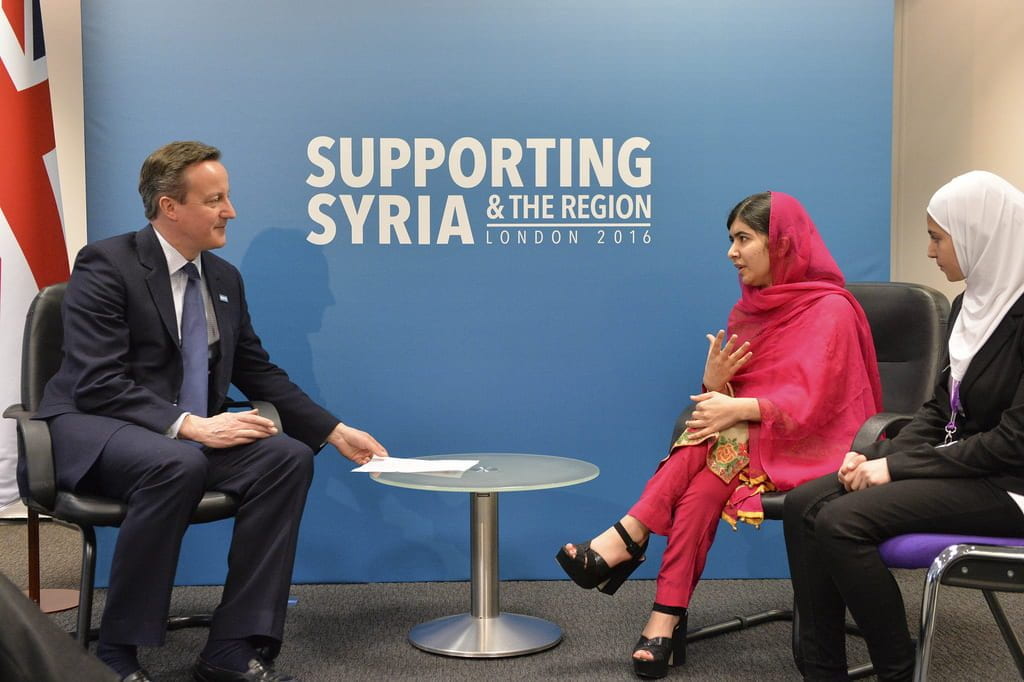
Heroines
The women in The Underground Girls of Kabul and The Breadwinner all demonstrate this spirit of defiance and freedom, and historically they are no exception. Much like the stories of Joan of Arc and Mulan, Afghanistan also holds a woman folk hero in high regard. During a fight against British troops in 1880 when the Afghan army was close to defeat, a woman rushed out, rallied the troops, and used her veil as flag to lead them to victory. While killed in battle, the memory of the warrior Malalai lives on to inspire both Afghan girls and boys to be strong in the face of adversity. Both Parvana and the bacha posh Nordberg spoke with bring to mind Malalai to give them strength when their own resolve begins to waiver, and even the Afghan Nobel Peace Prize winner Malala Yousafzai is named after Malalai. In 2009 at the age of 12, Malala began blogging for the BBC about her life under Taliban leadership as she was forced out of school. She continued writing for three years until, after rising to prominence for her activism for girls’ education, she was shot in the head by a member of the Taliban in an attempt to silence her. Malala survived, and after her miraculous recovery and continued activism she was awarded the Nobel Peace Prize in 2014, making her the youngest person to ever become a Nobel Laureate. Even if their life is dominated by religious leaders, threatened by the Taliban, and restrained due to cultural norms, these women cling to the stories of their collective past in the hopes that one day, they too may be recognized as courageous and valuable in the eyes of their society.
